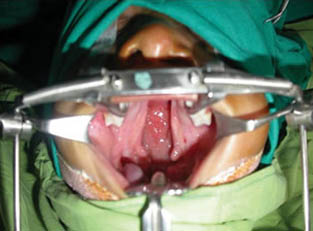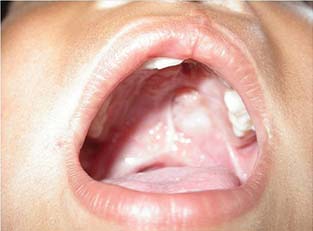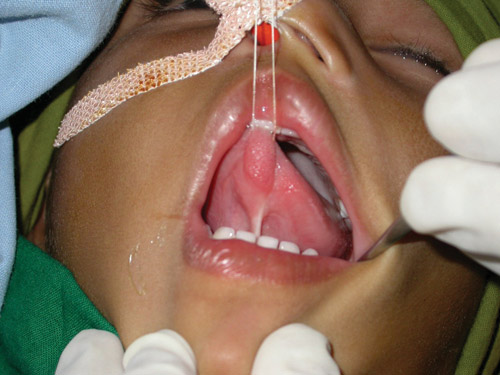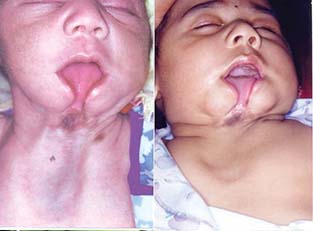Birth Deffects
A Congenital Disorder
A congenital disorder, or congenital disease, is a condition existing at birth and often before birth, or that develops during the first month of life (neonataldisease), regardless of causation. Of these diseases, those characterized by structural deformities are termed "congenital anomalies"; that is a different concept (MeSH) which involves defects in or damage to a developing fetus.
A congenital disorder may be the result of genetic abnormalities, the intrauterine (uterus) environment, errors of morphogenesis, infection, or a chromosomalabnormality. The outcome of the disorder will depend on complex interactions between the pre-natal deficit and the post-natal environment. Animal studies indicate that the mother's (and possibly the father's) diet, vitamin intake, and glucose levels prior to ovulation and conception have long-term effects on fetal growth and adolescent and adult disease. Congenital disorders vary widely in causation and abnormalities. Any substance that causes birth defects is known as a teratogen.
The older term congenital disorder does not necessarily refer to a genetic disorder despite the similarity of the words. Some disorders can be detected before birth through prenatal diagnosis (screening).
Congenital Physical
Congenital Physical anomaly is an abnormality of the structure of a body part. An anomaly may or may not be perceived as a problem condition. Many, if not most, people have one or more minor physical anomalies if examined carefully. Examples of minor anomalies can include curvature of the 5th finger (clinodactyly), a third nipple, tiny indentations of the skin near the ears (preauricular pits), shortness of the 4th metacarpal or metatarsalbones, or dimples over the lower spine (sacral dimples). Some minor anomalies may be clues to more significant internal abnormalities.



Birth defect
Birth defect is a widely used term for a congenital malformation, i.e. a congenital, physical anomaly which is recognizable at birth, and which is significant enough to be considered a problem. According to the CDC, most birth defects are believed to be caused by a complex mix of factors including genetics, environment, and behaviors, though many birth defects have no known cause. An example of a birth defect is cleft palate.
Congenital Malformation
A congenital malformation is a congenital physical anomaly that is deleterious, i.e. a structural defect perceived as a problem. A typical combination of malformations affecting more than one body part is referred to as a malformation syndrome. Some conditions are due to abnormal tissue development:
Malformation
A malformation is associated with a disorder of tissue development. Malformations often occur in the first trimester.
Dysplasia
A dysplasia is a disorder at the organ level that is due to problems with tissue development. It is also possible for conditions to arise after tissue is formed:
It is also possible for conditions to arise after tissue is formed
Deformation
A deformation is a condition arising from mechanical stress to normal tissue. Deformations often occur in the second or third semester, and can be due to oligohydramnios.
A disruption involves breakdown of normal tissues.
When multiple effects occur in a specified order, it is known as a sequence. When the order is not known, it is a syndrome.


